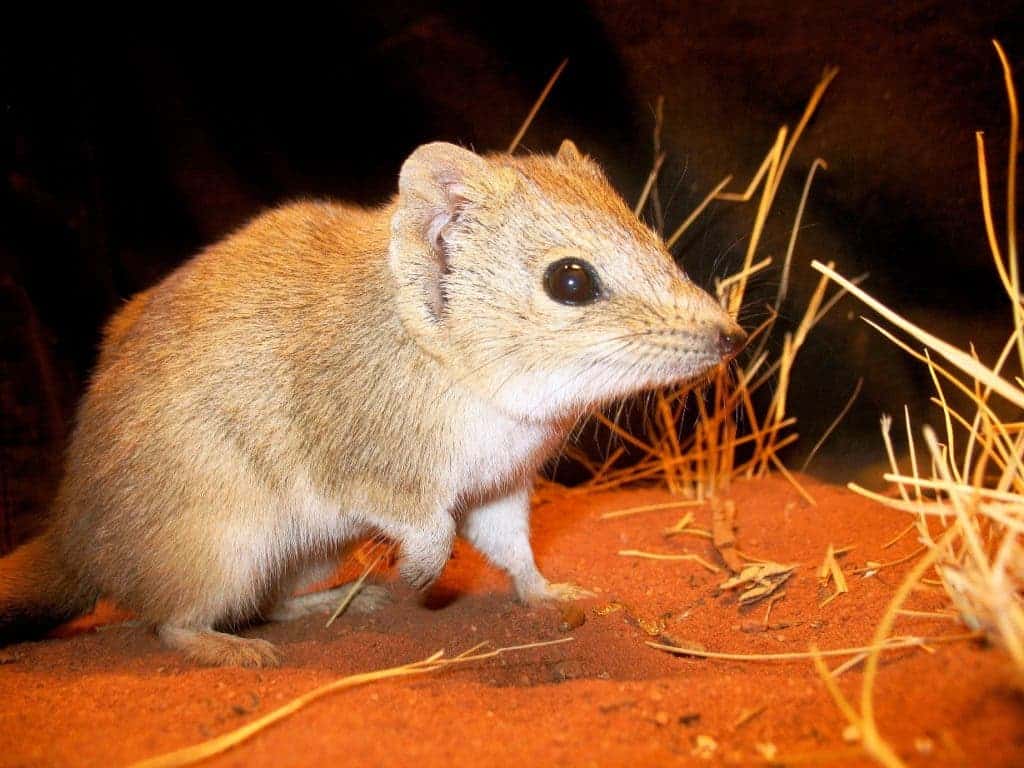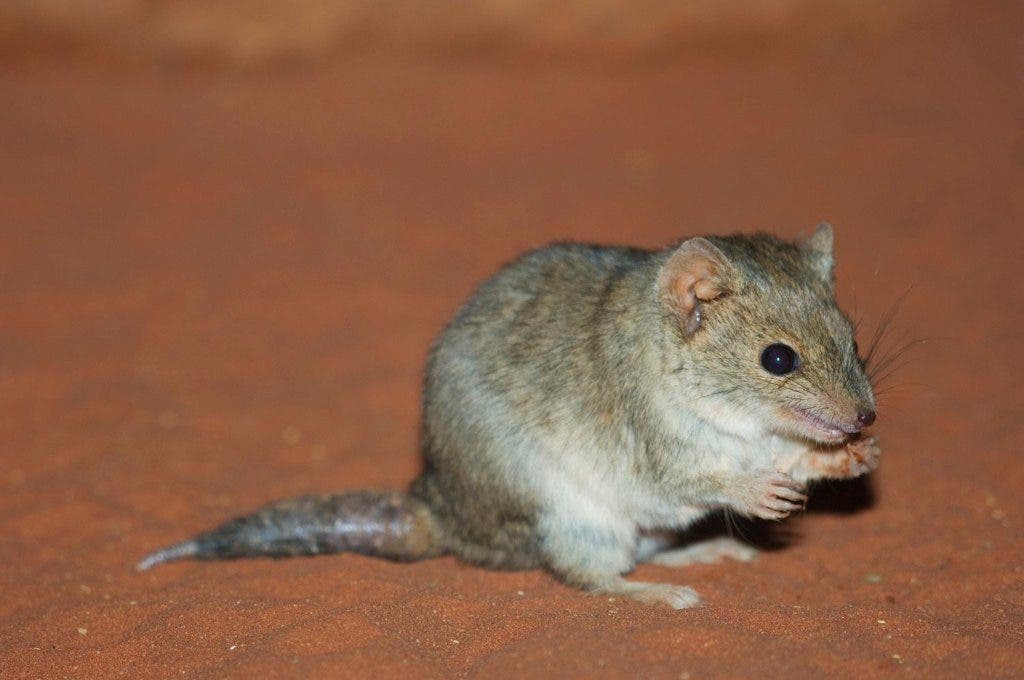One tiny but headstrong marsupial is making a comeback in the Australian state of New South Wales, where it had long been considered extinct.

Today, the crest-tailed mulgara (Dasycercus cristicauda) can be seen roaming around the deserts of Central Australia and throughout other states in the land down under. This little marsupial, previously found in New South Wales only in the form of fossils, has been deemed extinct from this region for over a century.
We might have jumped the gun too quickly on the crest-tailed mulgara, however. Recent sightings confirm that the mammal is still alive and kicking in the Stuart National Park (northwest corner of NSW). It’s very difficult to estimate how many individuals remain with any degree of accuracy, and how far they roam across central Australia — in part because, for many years, the crest-tailed and its close relative, the brush-tailed mulgara (Dasycercus blythi or Dasycercus hillieri) were thought to be the same species.
Two in one
It was only in 2005 that genetic tests confirmed the two were, in fact, distinct species with only a few differences between them. The crest-tailed mulgara for one has a less bushy tail with a crest, and eight nipples — compared to the brush-tail’s six. Appart from that, the two are very similar, covered in the same sandy fur and growing up to 30 centimeters (12 inches) from nose to tail.
The crest-tails are the worse for wear, by far, between the two species. They’re listed as vulnerable in the Northern Territory and Queensland, endangered in South Australia, and extinct in New South Wales. This latter status will need to be revised.
“The crest-tailed mulgara was once widely distributed across sandy desert environments in inland Australia, but declined due to the effects of rabbits, cats and foxes,” said Rebecca West of the University of New South Wales.
West is working with the university’s Wild Deserts project to reintroduce local species (which have since gone extinct) to the park. The mulgaras were found during a regular monitoring trip performed as part of the project.
One of the reasons which likely helped keep this species off the radar is its particular patterns of adaptation to the Australian desert. Because it’s such a frightfully hot place, crest-tail mulgaras dig extensive burrow networks and keep to them during the day. They only emerge at night to hunt prey. Moreover, they don’t really need to risk life and limb topside to drink water either — it’s believed that crest-tail mulgaras satisfy all their hydration needs from their prey, which includes small mammals and reptiles, as well as invertebrates such as spiders and centipedes.

For now, West, fellow researchers, and Wild Desert plan to nurse the newly-rediscovered mulgaras back to good health. Since a species extinction usually points to a profound change in an ecosystem which leaves them unviable — such as a new species taking over, changes in climate, or simply a lack of sufficient food — the team wants to make sure mulgaras get as sweet a home as possible. To this end, they will “eradicate” rabbits, cats, and foxes from two 20-square-kilometer (7.7 square miles) fenced exclosures in the Sturt National Park, and subsequently, reintroduce the mulgaras to these pens.
Rabbits, cats, and foxes number among invasive species brought over by colonists to Australia, which have wrought massive changes to the continent’s (up to then) isolated ecosystems. Rabbits are a direct competitor to the mulgaras’ ecological niche, while feral cats and foxes are invasive (and highly effective) predators for the marsupials.
Construction of the two exclosures was planned before the crest-tail mulgaras were rediscovered, but Wild Desert has decided to also give the marsupials some real-estate here, so they have a prime spot recover from in the region.
“The aim of this project is to return mammal species not seen in their natural habitat for over 90 years in Sturt National Park,” said National Parks and Wildlife Service area manager Jaymie Norris. “Reintroduced native mammal species will include greater bilby, burrowing bettong, western quoll and western barred bandicoot.”
Previous research carried out by Wild Deserts’ scientists in South Australia suggests that the crest-tailed mulgara has been recovering in numbers and expanding its range.


